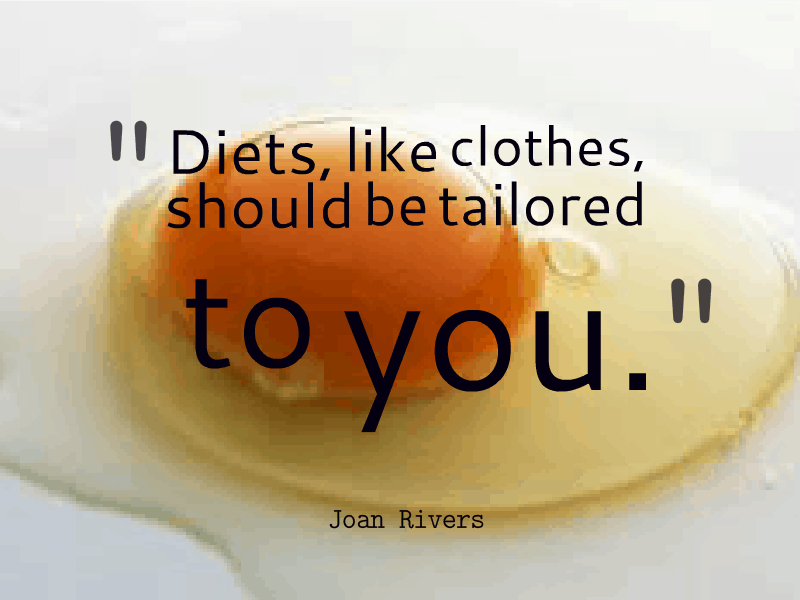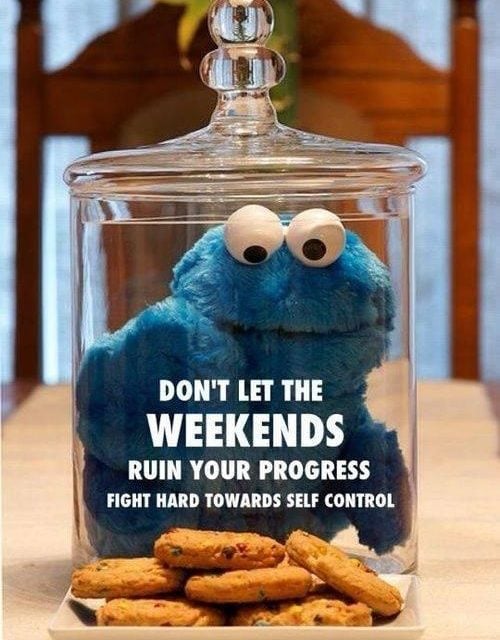You know this scenario all too well: you’re determined to stick to your diet and you start off incredibly well. But when you’re at your favorite restaurant you start eying your preferred not-so-healthy and doesn’t-fit-your-diet item on the menu. There are typically three possible outcomes.
Outcome one: you resist the temptation of your favorite meal and order the more “sensible” option.
Outcome two: you resist the temptation of your favorite meal and order the more “sensible” option, but when you get home you rummage through the cabinets and pantry looking for something to satisfy the craving you had at the restaurant that just wasn’t delivered from your “healthy meal choice”. You snack on several random things but just can’t find what you’re looking for and keep on snacking.
Outcome three: You order your favorite meal and the whole time you eat it you feel guilty and think, “Great, I blew it! I didn’t stick to my diet again.” You end up not enjoying your favorite meal, feel guilty, and vow to “get back on track tomorrow”. In the meantime, you order dessert because you figure you already messed up, so why not keep on going.
Do those three outcomes sound familiar? (There’s a fourth, and preferred, possible outcome, but we’ll get to that in a moment). Most people look at that situation and wonder, “How do I stick to my diet?”
But we’re looking at things all wrong.
If you want to achieve your fat loss, health, performance, or body-transforming goals, your diet must include your favorite foods because abstaining from them long-term is impractical. So the question isn’t about how to stick to your diet when you’re at a restaurant, but rather about eating in a way you can sustain long-term that allows you to enjoy your favorite foods.
Case in point, if you’re like me and love ice cream, it would be downright foolish to “go on a diet” that has ice cream as a do-not-eat food. I know, because I’ve tried dozens of times; I’d last about a week and then dive face first into a half gallon of mint chocolate chip goodness. Vowing to never eat certain foods you love is just foolish and setting yourself up for failure from the start. And let’s not forget, it can also lead to binge eatingand other disordered eating habits.
Your eating habits must have flexibility and include your favorite foods if you want long-lasting success. Period.
 Let’s replay the scenario at the beginning of this article with the possible fourth outcome, but this time you’ve been following some simple nutrition guidelines and not a diet with forbidden foods. You order your favorite not-super-healthy meal because you realize this isn’t something you eat every day and one meal isn’t going to make or break your health and fitness goals. You eat your favorite meal slowly and enjoy every single bite, guilt free.
Let’s replay the scenario at the beginning of this article with the possible fourth outcome, but this time you’ve been following some simple nutrition guidelines and not a diet with forbidden foods. You order your favorite not-super-healthy meal because you realize this isn’t something you eat every day and one meal isn’t going to make or break your health and fitness goals. You eat your favorite meal slowly and enjoy every single bite, guilt free.
When dinner is over you go home satisfied and don’t feel compelled to eat anything else because you were satisfied from your favorite meal. You relax and then head to bed and wake up the next morning as is nothing was different (because you don’t do the damage control thing) and go about your day and eat mostly real, satisfying foods.
This is how it should be. You should be free to eat your favorite foods on occasion without any guilt. That is how you stick to your diet …
How to Stick to Your Diet
Here are five steps to stick to your diet:
Step #1 – Plan to have room in your diet for your favorite foods because trying to avoid them is a recipe for failure
Step #2 – Follow a few simple, flexible nutrition guidelines you know you can sustain long-term (e.g. eat real, minimally processed foods most of the time, eat protein in every meal)
Step #3 – Eat your meals slowly and mindfully so you actually enjoy what you’re eating; this way you can listen to your body’s cues and stop eating when you’re satisfied and not completely stuffed
Step #4 -Make sure the meals you eat are tasty and satisfying
Step #5 – Enjoy your favorite foods/drinks on occasion, guilt free (a.k.a. moderation)
 If you follow those five steps “sticking to your diet” won’t be an issue because you’ll have built-in room for your favorite foods. It’s been my personal experience and when working with clients that having this built-in room so you can enjoy your favorite foods on occasion is what leads to long-term success, less stress, and enjoyment while still allowing you to reach your goals.
If you follow those five steps “sticking to your diet” won’t be an issue because you’ll have built-in room for your favorite foods. It’s been my personal experience and when working with clients that having this built-in room so you can enjoy your favorite foods on occasion is what leads to long-term success, less stress, and enjoyment while still allowing you to reach your goals.
Remember to focus on the BIG picture – it’s about your daily and weekly long-term habits that will determine your results; not the meal you enjoy once per week at your favorite restaurant.
Yes, it can be that simple. Try for yourself and see.










